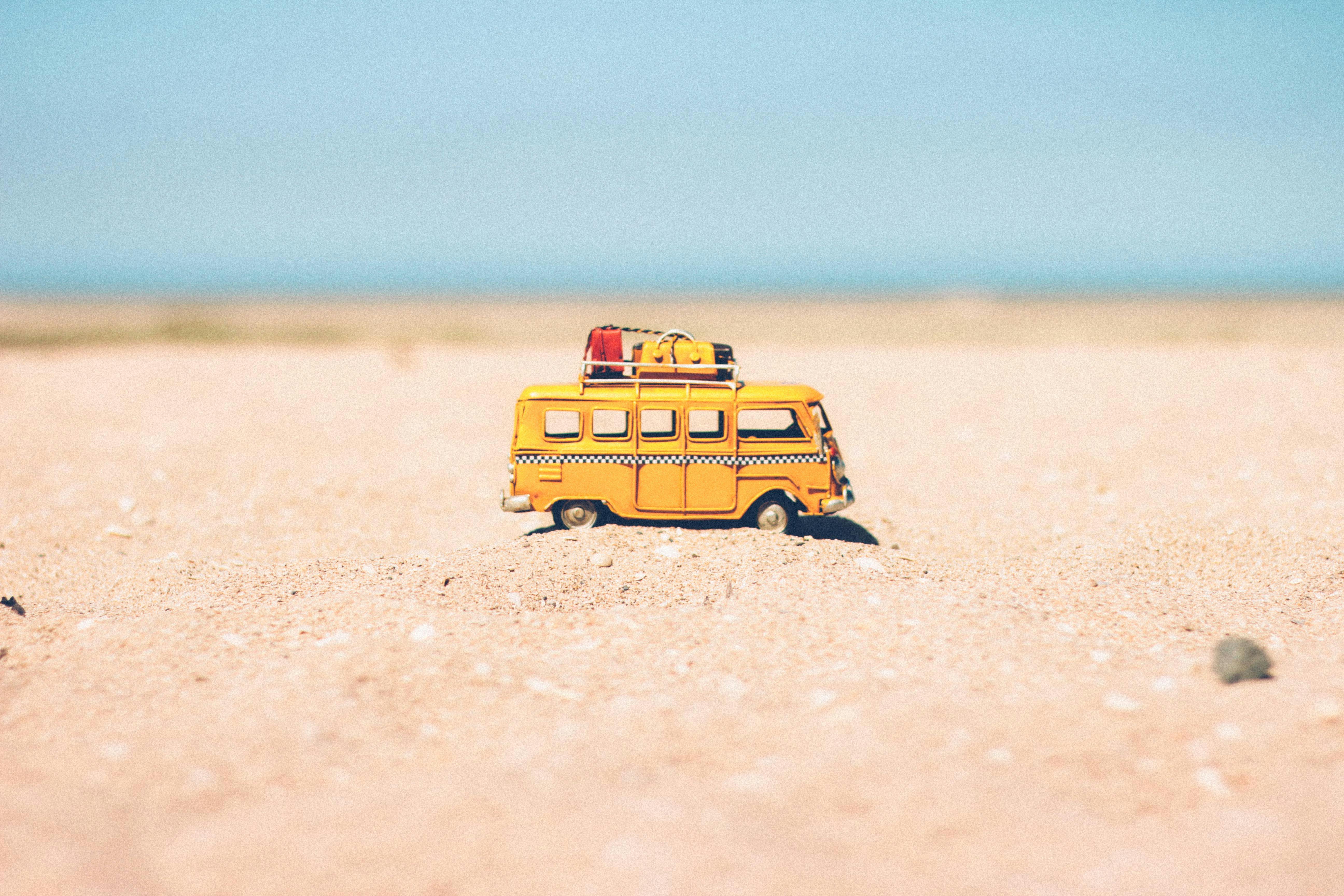Draining a RV water heater is an important task for RV owners to keep their water heater in working order. Regular maintenance of your RV water heater will ensure that it lasts longer and works more efficiently. In this article, we will discuss the steps involved in draining a RV water heater and the tools you need to complete the job. We will also provide some tips on how to prevent issues with your RV water heater in the future. With the right information and preparation, you can easily drain your RV water heater and keep it running smoothly.1. Shut off the water supply to the water heater.
2. Turn off the gas or electric power to the water heater.
3. Open all of the faucets in the RV to drain off any residual water in the system.
4. Disconnect the anode rod from inside of the water heater tank, if your water heater has one.
5. Place a bucket underneath the drain valve at the bottom of your RV’s water heater, then open it up and allow any remaining water to drain out into it until all of it has been removed from the tank.
6. Close up both valves when finished and reconnect any anode rods you may have disconnected previously.
7. Re-turn on both power and your water supply when finished draining your RV’s water heater tank, then allow it to fill back up with fresh clean water before using again as normal.
Draining the Water Heater
Draining a water heater is an important part of regular maintenance. It helps to remove built-up sediment, which can damage the heater and reduce its efficiency and performance over time. Here are the steps to properly drain a water heater:
1. Turn off the power to the water heater. Depending on your model, you may need to switch off a circuit breaker or turn off a valve on the gas line.
2. Connect a garden hose to the drain valve at the bottom of your water heater. Make sure that it’s securely attached and that there is no leak.
3. Place one end of the hose in an area that won’t be damaged by hot water, like a floor drain or outside your home.
4. Open up the pressure relief valve on top of the tank in order to reduce pressure inside of it.
5. Open up both hot and cold water valves near the top of your tank, which will help to speed up draining process.
6. Open up the drain valve at the bottom of your tank and allow all of the water to drain out through your garden hose.
7. Once all of the water has drained out, close all valves and disconnect your garden hose from your tank.
8. Turn on power or gas to begin filling up your tank with fresh cold water. Allow it to fill up completely before turning on any other valves or switches associated with your water heater.
Following these eight steps will help ensure that you safely drain your water heater and keep it running efficiently for years to come!
Gather the Necessary Equipment
Gathering the necessary equipment is an important step when embarking on any project. Depending on your project, you may need a variety of tools and supplies, ranging from basic household items to specialized equipment. Before you begin, it’s important to identify exactly what materials you’ll need. Make a list of all the items required and ensure they are available. You may even want to double-check with other people who have done similar projects in the past to make sure you don’t miss anything important. After you’ve made your list, take inventory of what you already have and purchase any additional items that are needed. Having everything in place before you start will help ensure that your project is completed on time and within budget.
It’s also important to make sure that all the tools and supplies are in good working order before beginning any project. Take some time to inspect each item and make sure it’s functioning properly or replace it if needed. Make sure to test any power tools or electrical components with a multimeter so that they are safe to use. This will help prevent any accidents or unexpected issues while working.
Finally, be certain to store all of your equipment properly when not in use. This includes cleaning anything that’s been used and organizing all the components into their proper containers or bins for easy access later on. Taking this extra step will help save time when it comes time for another project and also ensure that your supplies stay in good condition over time.
Turn off the Power Supply
When it is necessary to turn off the power supply, it is important to take the right steps to ensure everything is shut down safely and securely. Before turning off the power supply, make sure all devices connected to the power source are unplugged and disconnected. If any of these devices are still connected, they may be damaged when you turn off the power supply.
Once all devices have been disconnected from the power source, it’s time to turn off the power. Depending on your system setup, you may need to locate a circuit breaker or fuse box. If your system has a main switch, simply switch it off and wait for any lights or indicators to go out before continuing.
If you have a circuit breaker, locate the correct circuit for your power source and flip it off. Then wait for any lights or indicators to go out before continuing. It is important not to switch back on until all devices have been reconnected in order to prevent any damage being caused by a sudden surge of electricity.
Once all lights and indicators have gone out, your power source is now safely turned off. Make sure all devices are connected again before switching back on so that no damage will be caused by sudden surges of electricity.
It’s also important that you check all connections after turning back on in order to ensure everything is running smoothly again.
Opening the Pressure Relief Valve
When operating a pressure vessel, it is important to ensure that the pressure within is kept at safe levels. To ensure this, a pressure relief valve should be installed and regularly tested. This valve will open when the pressure inside the vessel exceeds a set level, allowing excess pressure to be released safely. In order to open the pressure relief valve, it must first be identified and located. Once found, the valve can be opened manually or using an automated system, such as a digital controller or switch. When opening the valve, care should be taken to ensure that no leaks occur and that the release of pressure is slow and controlled. Once opened, it is important to monitor the vessel’s internal pressure in order to ensure that it remains within safe limits. If needed, additional safety measures may need to be taken in order to prevent further damage or injury.
It is also important to regularly test and inspect your pressure relief valves in order to ensure they are working properly and are able to release excess pressure when necessary. Regular testing can help prevent accidents and reduce risk of injury or death. In addition, having an emergency plan in place can help ensure that any potential problems are addressed quickly and efficiently in case of an emergency situation.

Connect the Hose to the Drain Valve
Connecting a hose to the drain valve is a relatively simple task. First, make sure the water supply is shut off. Then, attach one end of the hose to the drain valve and tighten with two wrenches. Be sure to check for any leaks before turning on the water supply again. You may need some plumber’s tape or thread sealant to ensure a secure connection between the hose and drain valve. Once all connections are secure, turn on the water supply and check for any leaks once again. If there are no leaks, you can then begin using your sink as usual.
It is important to ensure that all connections are secure when connecting a hose to a drain valve, as this will prevent any potential water damage due to leaking or bursting pipes in your home. If you have any doubts or concerns regarding your ability to properly connect a hose to a drain valve, it is always best to consult with a professional plumber for assistance.
Open the Drain Valve and Allow to Drain
To open the drain valve and allow it to drain, you will need to locate the valve. It is usually located at the bottom of the tank. Once you have found it, you can open the drain valve by turning it counter-clockwise. You may need to use a wrench or pliers to turn it if it is too tight. Once you have opened the valve, water will begin to flow out of the tank. Make sure that there is a bucket or container placed beneath the tank to catch any water that may be released during this process.
It is important to monitor the drainage process as it is happening. This will help ensure that all of the water has been drained from the tank. If more time is needed, check on your progress periodically until all of the water has been released from your tank. Once all of the water has been drained, close the drain valve by turning clockwise until tight.
It is essential that you clean and inspect your drain valve regularly for any signs of corrosion or wear and tear. This will help maintain its functionality and ensure that no problems arise due to improper maintenance or use. Taking care of your drain valve can save you time and money in the long run.
Close Drain Valve and Remove Hose
To close the drain valve, ensure that the valve handle is in the closed position. Once you have confirmed that the valve is closed, you can proceed to remove the hose from the drain. To do this, loosen the clamps or clips that secure the hose to the valve and gently pull it away. Be careful not to damage or tear the hose as this could cause a leakage. Once removed, dispose of it properly and replace it with a new one if necessary.
When reattaching a new hose to replace an old one, make sure that it is securely fastened in place so as not to cause any leakage. Check for any damage or wear on the hose before use and ensure that it is properly connected to prevent any potential issues. Once all connections are secure, open up the drain valve and you are ready to go.

Conclusion
Draining a RV water heater is an important maintenance task that should be done at least once a year. It helps to remove sediment from the tank and keep your water heater running efficiently. By following the steps outlined in this article, you should have no trouble draining your RV water heater correctly.
It is also important to remember to flush your tank after each time it has been drained, as this will help prevent any build-up of sediment in the future. Regular maintenance of your RV’s water heater will help ensure that it continues to function properly and provide hot water for years to come.
With a little bit of effort and know-how, draining an RV water heater can be done with ease. The key is to follow the steps carefully and make sure that all safety procedures are followed. Once completed, you can enjoy hot showers on your next camping trip with peace of mind.

